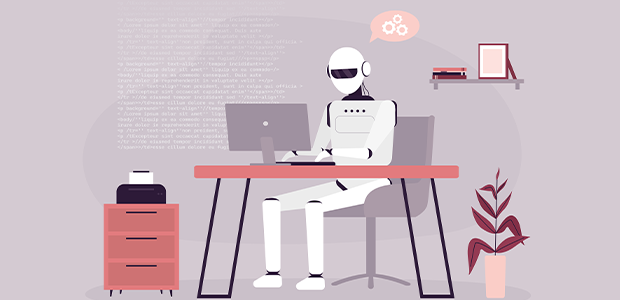
Why Businesses Need Bots in this New Era
In today’s fast-paced business world, the need for efficiency, speed, and accuracy is more critical than ever. With the rise of advanced technologies, particularly in software testing, bots have become an essential tool for businesses who are looking to maintain that competitive edge.
Of course, everything has its pros and cons. Some of the many positives of bots include their tremendous capabilities to test 24 hours a day and at scales, while giving software testers time to focus on more challenging tasks. I think the negatives of businesses using bots are minor, one of the main ones is that testers can lack a level of intelligent agility in decision making and therefore they should be used to complement existing software teams and not replace them completely.
Software testing has evolved rapidly over the years. It has transitioned from predominantly manual testing with limited tools and processes to coming must have technology, helping teams to better manage and mitigate any bugs or errors in systems globally.
There are a number of reasons why organisations need to embrace bots in this new era which we will discuss.
Boosting Efficiency and Scalability
In an age where businesses are under constant pressure to deliver high-quality products faster, bots offer a solution that enhances both efficiency and scalability. Autonomous testers can work around the clock, executing tests and generating automation scripts without the need for human intervention. This 24/7 capability not only shortens a products time-to-market but also allows businesses to scale operations without the need for additional resources. The ability to handle unlimited workloads also ensures that companies can meet deadlines without having to compromise on quality.
Ensuring Consistent Quality Assurance
Make no mistake, traditional software testing can prove labour-intensive and prone to human error, particularly when it comes to repetitive tasks. I think bots excel in this domain by continuously updating test scripts in response to changes in the application’s user interface (UI) or workflow. This adaptability guarantees that the testing process remains thorough and up-to-date, leading to better overall product quality. Moreover, bots are clever in that they can quickly identify and address issues, significantly reducing the risk of bugs invading the final product.
Reducing Costs and Optimising Resources
Another reason why businesses need bots is that they can result in substantial cost savings. Integrating such tech into business processes can lead to better cost cutting measures. By automating both repetitive and time-consuming tasks, companies can free up human resources so that employees can focus on more strategic roles. In software testing, bots can autonomously create, execute, and debug test scripts, minimising the need for large testing teams. It is this reduction in labour costs, combined with lower expenses related to test script maintenance and updates that often results in a more cost-effective operation without the need to sacrifice performance or quality.
Transforming the Role of Software Testers – in a good way
The advent of bots has dramatically changed the landscape for traditional software testers. Rather than being bogged down with manual testing tasks, testers are now assuming more important roles. They oversee bot performance, focus on complex scenarios that require human intuition, and contribute to the broader innovation and direction of the company. This shift has elevated the role of testers within organisations, as they now play a key part in the development and deployment process, working more closely with developers and product teams. From experience, some of the minor tasks software testers have to do are simply a time churn.
The Revolutionary Impact of Generative AI
Generative AI is at the forefront of the software testing revolution. Such technology replicates the decision-making processes of human test automation engineers, performing tests autonomously, creating and maintaining test scripts, and adapting to changes in real-time. The predictive capabilities of Generative AI also enable proactive testing, identifying potential issues before they arise and suggesting optimisations. I think that, as this technology continues to evolve, its applications will expand, making it an integral part of software testing and broader business processes.
In summary, I believe that the future of Generative AI in testing remains bright, with rapid advancements in technology promising even more sophisticated and intuitive bots that will streamline operations and complement skilled software teams even further.

